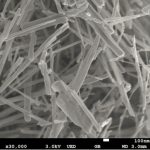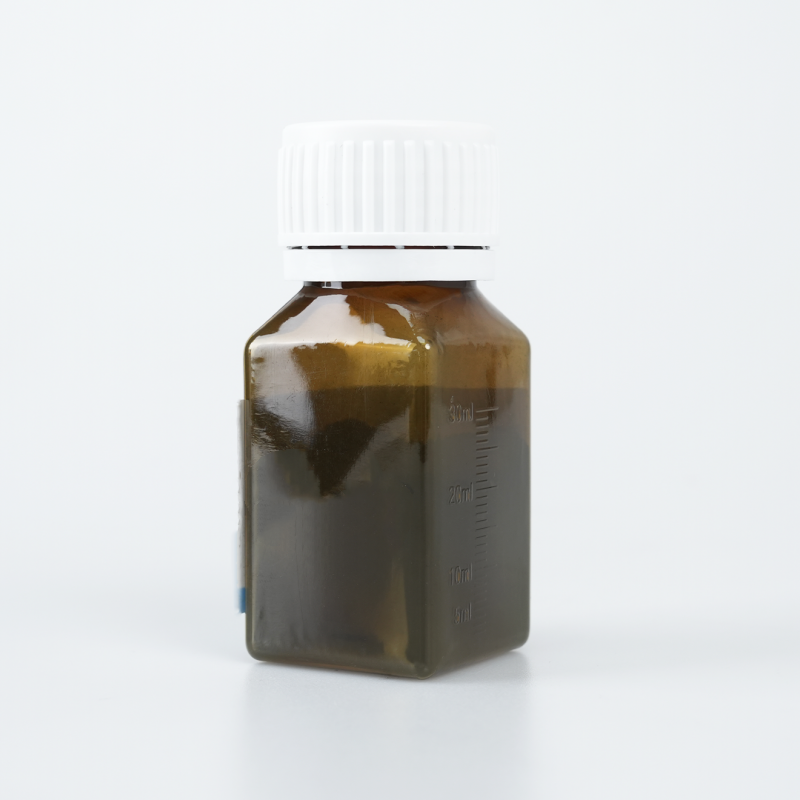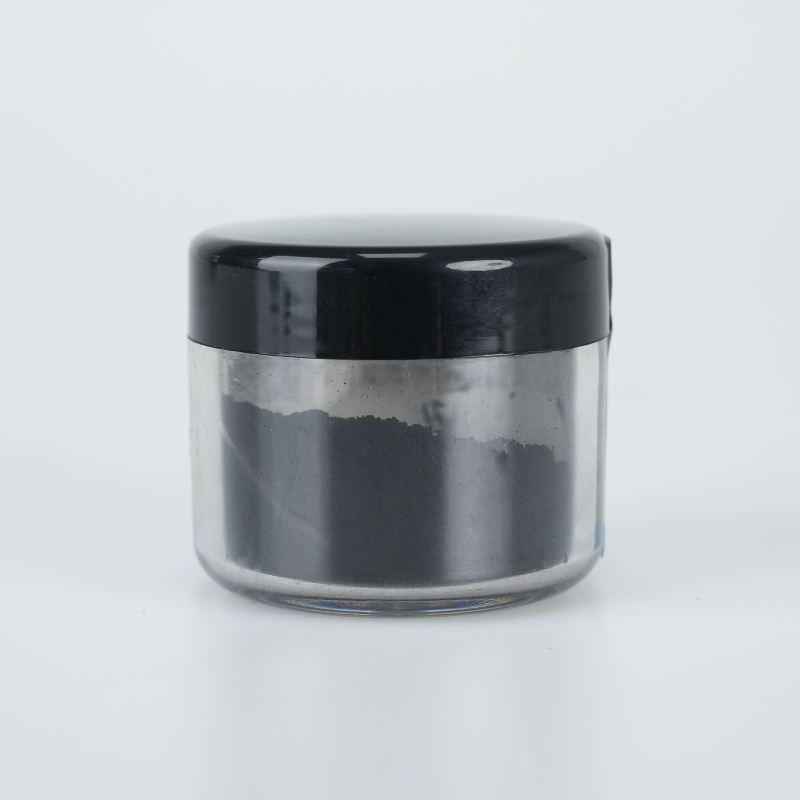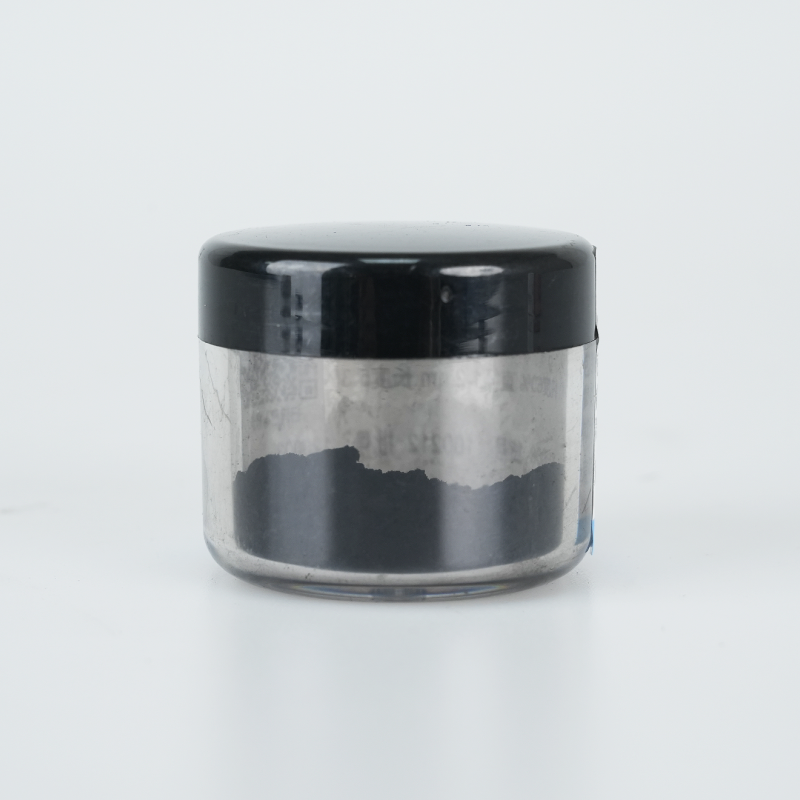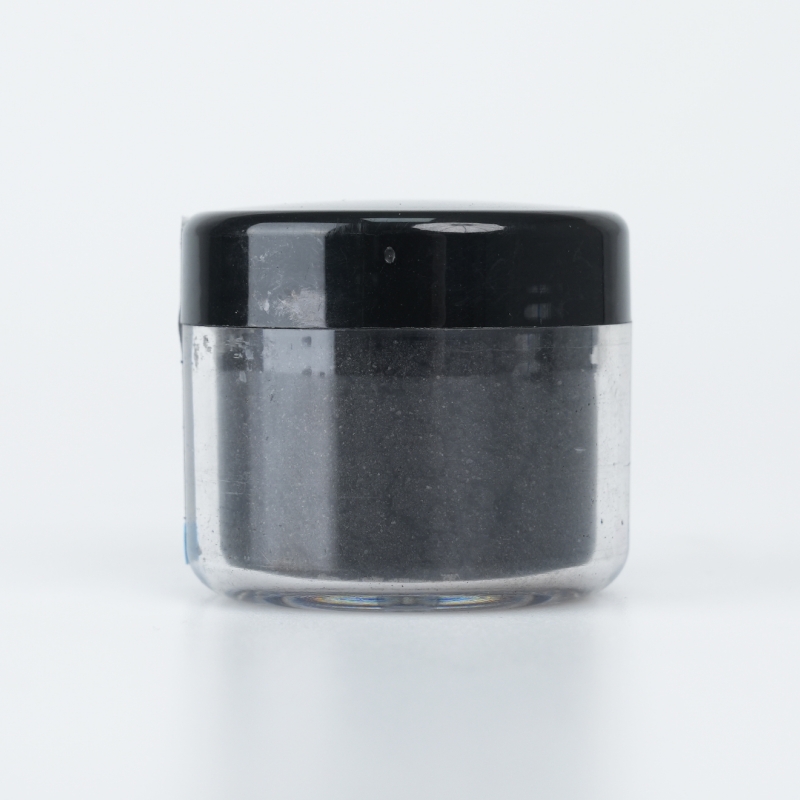Titanium Oxide-AB mixed-phase nanofibers provide optimized photocatalytic activity, superior charge transport properties, and enhanced thermal stability. Designed for catalysis, energy storage, and environmental applications, they ensure reliable performance, extended durability, and high adaptability.
Product Overview
Titanium Oxide-AB mixed-phase nanofibers have a unique nanofiber structure that significantly increases their specific surface area, providing more active sites. These fibrous structures possess an excellent aspect ratio and can form interlocking network structures, enhancing catalytic efficiency. As an amphoteric oxide, titanium oxide (TiO₂) is chemically stable at room temperature and exhibits good photochemical activity. Under light exposure, it can participate in redox reactions, making it suitable for a wide range of applications.
Key Features
- Excellent Catalytic Performance:The high specific surface area and abundant active sites enable better interaction between the catalyst and reactants, improving catalytic efficiency.
- Photocatalytic Properties:TiO₂-AB nanofibers can absorb UV light and generate electron-hole pairs, exhibiting strong photocatalytic activity. These properties make them ideal for solar energy applications and environmental purification.
- Self-Cleaning Ability:The photocatalytic breakdown of organic pollutants, bacteria, and viruses allows TiO₂-AB nanofibers to be used in self-cleaning surface applications.
Applications
- Environmental Protection:TiO₂-AB nanofibers can degrade organic pollutants and kill harmful bacteria and viruses, making them highly effective in air purification and water treatment.
- Energy:These nanofibers improve the efficiency of energy conversion, making them suitable for solar cells, hydrogen energy, and fuel cells, and are widely used in clean energy technologies.
- Optoelectronics:As photoelectrode materials, TiO₂-AB nanofibers have potential applications in dye-sensitized solar cells and photocatalytic reactions.
- Flexible Electronics:Due to their excellent flexibility and conductivity, they can be used to develop flexible electronic devices, such as wearable smart monitoring systems, for real-time health monitoring.
| Parameter | Value |
| Purity | 99% |
| Width | 100-200 nm |
| Length | 5-20 μm |
| Surface Area | 15-30 m²/g |
| Shape | White powder |
 new material
new material


